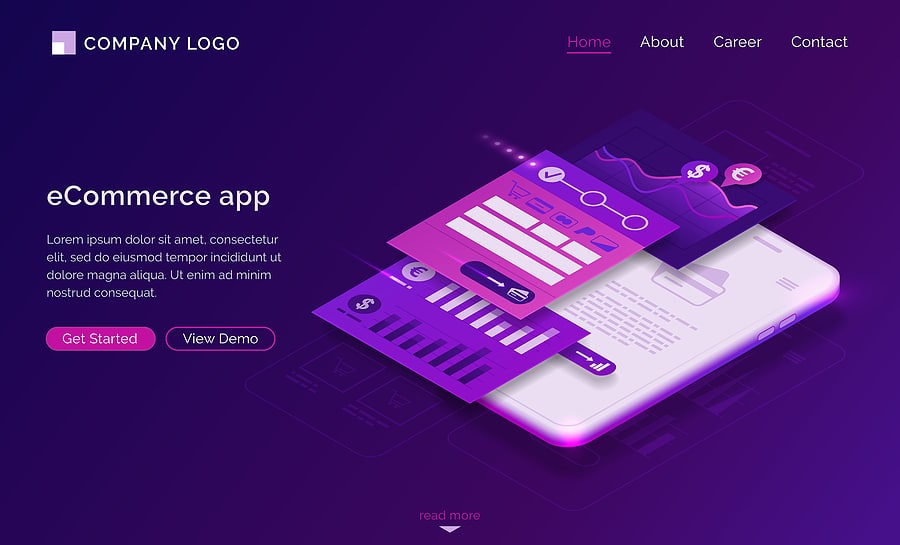
If you’re designing your website to be accommodating to all audiences, accessibility is no doubt a top concern. However, what you may not realize is that accessibility is only one attribute that results from the end product. Inclusive design focuses on the processes and cultures that create a user-friendly platform that can be used by the greatest number of people possible.
Where accessibility is all about creating a user-friendly site for people with some level of disability, inclusive design focuses on serving a much broader audience.
Understanding Inclusive Design
Inclusive design isn’t just about building your website to serve a particular segment of people. What you’re doing instead, is creating your website to be as diverse as your audience is so that everyone has a sense of belonging. This process is often referred to as a “culture” or state-of-mind since it requires cooperation from the entire team. Designers, developers, content managers, and organization directors must all be on board for this to work. No individual can work in a bubble and expect to create and manage a successful accessible website. From top to bottom, full cooperation is needed at all levels of the organization.
Why Inclusive Design is Important
Inclusive design introduces your products and services to new markets and engages your current audience on a deeper level. Designing your website to be accessible to everyone enhances the usability of your site. This is especially important if a large segment of your target market has a disability.
Inclusive design gives your business a competitive edge. All customers, including those with disabilities, want to be able to search for the products and services they need quickly and conveniently. For people with disabilities, this is easier said than done since the majority of websites are not accessible. If your website allows people with disabilities to shop independently and without a lot of hassle, then they are more likely to shop with you in the future.
Inclusive design adds a layer of convenience for your current customers. Inclusive design benefits all people, not just those with disabilities. Having a mobile site that can be easily navigated using one hand is great for people who are multitasking while reading your content. By transcribing the audio in your instructional videos, you make it convenient for people to watch your content, even if they’re in a loud environment. These are examples of simple actions you can take to make your website work for everyone.
Inclusive design reduces risk to your business. As more people become aware of the importance of inclusive design, accessibility lawsuits are on the rise. Get ahead of the curve and update your website to prevent these issues from affecting your customers.
How to Create an Inclusive Website
Assess your current website. Identify potential areas for improvement and make updates to ensure the content is accessible for all users.
Develop standard operating procedures. After creating your accessible website, make sure there is a set of guidelines in place for making ongoing updates to ensure your content remains accessible.
Make creating your accessibility strategy a collaborative process. All stakeholders involved in the process of creating your website must be on board with implementing your strategy on a continuous basis.
Designing an accessible website is a major undertaking. But having guidelines in place for inclusive design will enhance consumer engagement and brand loyalty. It will also give your business an edge over the competition.


Leave a Reply: